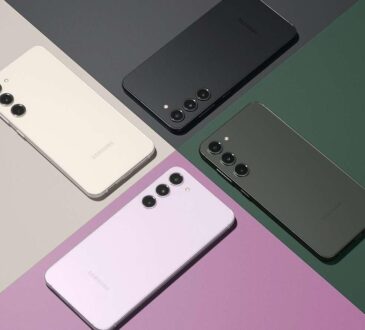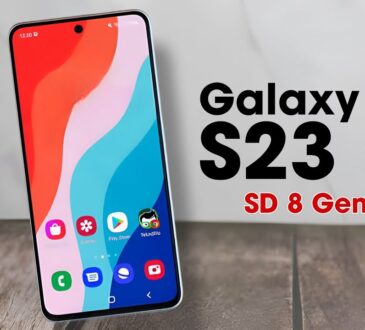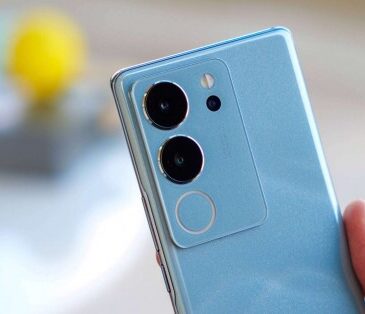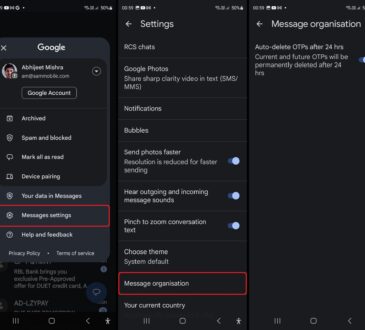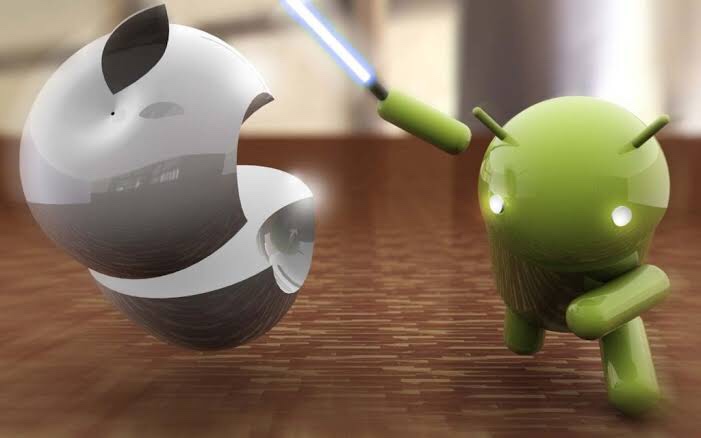
The smartphone market is dominated by two giants: Android and iPhone. While both platforms offer a range of features and functionalities, Android phones have always been known for their flexibility and customization options. In this article, we will explore seven things that Android phones can do that iPhones cannot, giving Android users an edge when it comes to personalization and functionality.
1. Customization
Android phones are known for their extensive customization options. Users can personalize their home screens with widgets, choose from a wide variety of themes, and even replace the default launcher with a third-party alternative. Unlike iPhones, which have a more locked-down interface, Android offers a range of customization options that allow users to tailor their phone’s appearance to their liking.
2. Expandable Storage
One significant advantage that Android phones have over iPhones is the ability to expand storage. Many Android devices come with a microSD card slot, allowing users to increase their phone’s storage capacity at a fraction of the cost of upgrading to a higher storage variant. This feature is especially valuable for users who frequently store large files like photos, videos, and games.
3. Default Apps
Android phones allow users to set their preferred default apps for various tasks such as web browsing, messaging, and email. This means that when you click on a link or open a file, Android prompts you to choose which app you want to use, whereas iPhones often limit users to Apple’s default applications. Android’s flexibility in selecting default apps gives users more control over their smartphone experience.
4. Split-Screen Multitasking
Multitasking is made more efficient on Android phones with the built-in split-screen feature. This functionality enables users to run two apps side by side, simultaneously. Whether it’s browsing the web while watching a video or taking notes during a video call, Android users can enjoy enhanced productivity by dividing their screen real estate between multiple applications. Unfortunately, this feature is not available on iPhones.
5. File Management
Android phones offer a more comprehensive file management system, allowing users to access their device’s file structure directly. This means you can browse, organize, and transfer files between folders, making it easier to manage documents, media files, and downloads. On the other hand, iPhones have a more restricted file system, primarily relying on syncing files through cloud storage or specific applications.
6. Alternative App Stores
While iPhones limit users to the Apple App Store, Android phones offer the flexibility to download apps from alternative sources. Users can install apps from third-party app stores like Amazon Appstore, Samsung Galaxy Store, and more. This allows for greater app availability, increased competition, and potentially finding unique apps that may not be available on the Apple App Store.
7. Quick Charging Options
Many Android phones come equipped with fast charging technology that allows for quicker battery recharging. Additionally, Android devices often support a wide range of charging standards, including USB-C, which is becoming the industry standard for most devices. This provides users with more options when it comes to charging their phones and reduces the time spent tethered to an outlet.
Android phones offer a myriad of features and customization options that set them apart from iPhones. While iPhones have their own strengths, the ability to tailor your smartphone experience to your liking is an area where Android truly shines. Ultimately, the choice between Android and iPhone depends on individual preferences, but for those seeking a more customizable and versatile smartphone, Android is the way to go.
